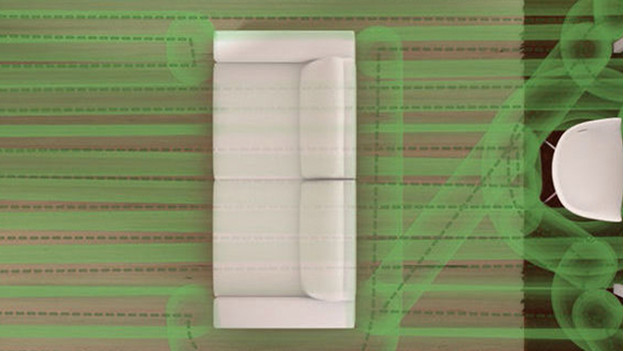
Advice on robot vacuums
1. Will your regular vacuum be obsolete?
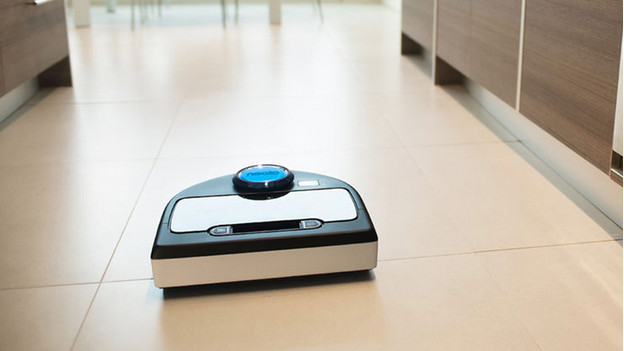
No. A robot vacuum vacuums the floor, but you'll have to vacuum the lamp shades, TV cabinet, stairs, and car yourself. A robot vacuum ensures that you don't have to use your regular vacuum as often. How well the robot vacuum does its job, mostly depends on how advanced it is.
2. Are all robot vacuums the same?
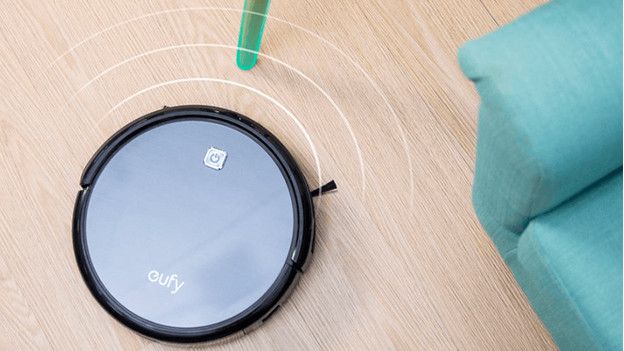
No. There are big differences between robot vacuums. A starter model is what you buy if you want to vacuum less often, but still plan to regularly vacuum the house with the canister vacuum. If you go for a model with a higher suction power, you won't have to vacuum yourself as often. If you choose the most advanced model, you can leave cleaning the floors completely up to the robot vacuum. So you won't have to do this yourself anymore.
3. How do you charge the robot vacuum?

You can charge a more affordable robot vacuum with a charging cable. These robots stay in the place where they run out of power. More high-end robot vacuum have a charging dock. There are 3 options.
- Robot vacuums that stop when the battery is empty. You have to place it in the charging dock yourself.
- Robot vacuums that ride to the dock when they're running out of battery.
- A robot vacuum that rides to the charging dock and continues cleaning when it's done charging.
4. How do you empty the dust cup of a robot vacuum?
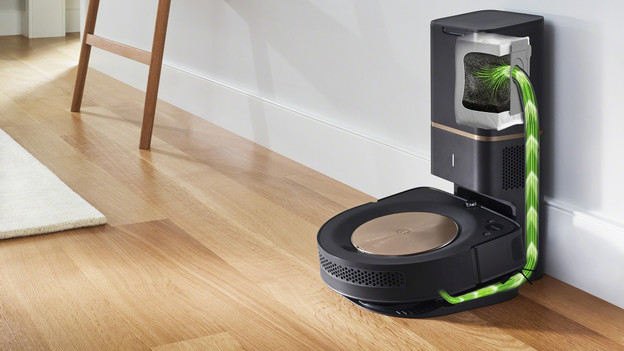
Robot vacuums collect dirt in the built-in dust cup. These usually aren't big, because the robot itself is small as well. You have to empty the dust cup regularly, so the vacuum works well. Some robot vacuums do this job for you. These are robot vacuums with an emptying station. When the dust cup is full, the device rides to the charging dock automatically. That's where it'll dump the dust. You don't have to think about it. Such an emptying station can store up to 60 days worth of dirt.
5. Do you mark the area?
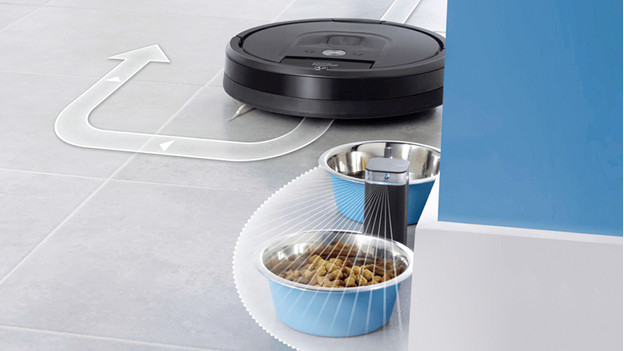
A robot vacuum has its own route to vacuum the house. But sometimes, you don't want the robot vacuum to go to certain areas in the house. There are different ways to mark out these areas.
- With a virtual wall, you can mark out an area that's off-limits to the robot vacuum. Between the kitchen and the living room, for example. When the robot hits the virtual wall, it turns back around.
- A magnet strip is a flat strip you can place under the high-pile carpet, so the robot doesn't get stuck there.
- Finally, there are robot vacuums that mark out an area with a lighthouse. This prevents the robot vacuum from hitting the dog food, for example.
More expensive models have sensors to ensure they don't hit anything. With these models, you don't need area delimination.
7. Does the robot clean all floor types?

All robot vacuums work well on hard and smooth flooring. Some robot vacuums have suitable brushed for carpets and rugs. This depends on the combination of the right brush and high suction power. Some robot vacuums recognize the fringes of rugs and won't get stuck on them. There are also robot vacuums that can detect extra dirty places and go over them multiple times. Do you have carpeting? You need a robot vacuum that's suitable for that.
8. Which robot vacuum cleans the most?
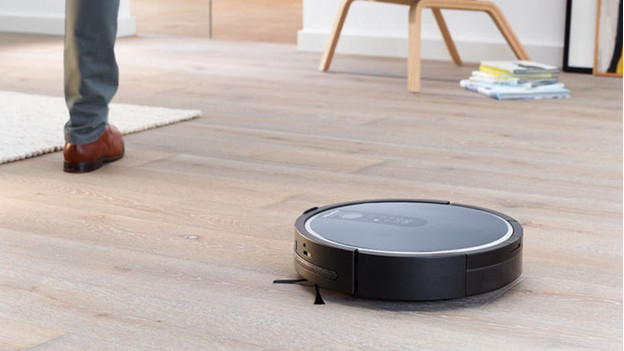
Important for the surface area a robot vacuum will clean is the quality of the battery. The battery in more affordable robot vacuum often drains quicker than that of a more high-end robot. More expensive robots will also return to where they were cleaning after charging. The type of surface the robot vacuum is cleaning also makes a difference. On carpet, the robot will deal with more resistance and that drains the battery more quickly.
9. Do you set up a cleaning schedule yourself?
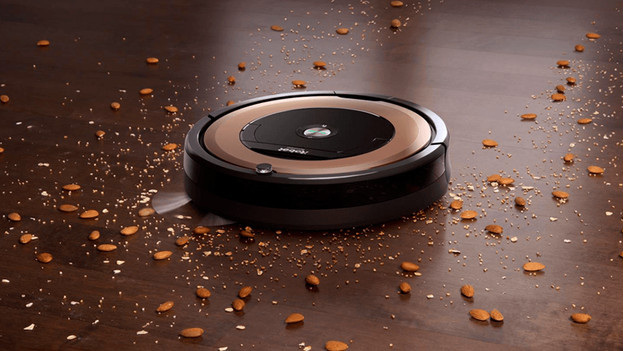
Do you want the robot to automatically clean at a specific time? In that case, opt for a programmable robot vacuum. There are robot vacuums that can be programmed for 7 days of the week. That way, you can be sure the floor is cleaned when you want it to be, without having to activate the robot vacuum yourself. More affordable robot vacuums are generally not programmable. You just turn it on when you want it to clean.
10. What should you look for if you suffer from allergies?

Do you have allergies? it's important to have clean air in your house. You do that by vacuuming your house with a vacuum that has with a good filter, for example. A HEPA 13, 14, or 15 filter is the most suitable for people with allergies. The filter will collect fine dust particles, pollen, and allergens so they don't end up back in the room.



